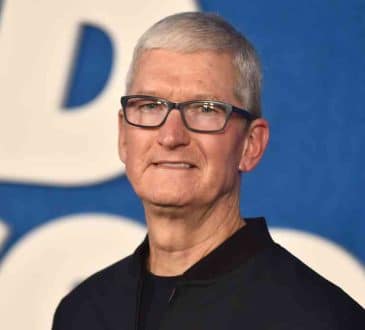If Corporate Strategy Comes First, Company Performance Will Follow

Executives are aware that corporate strategy mainly encompasses four aspects: analysis, pro-activeness, defensiveness, and futurity. So how can you as an executive use these four dimensions? Scholars provide a blueprint to follow:
- Analysis refers to the degree to which the roots of problems are analysed to provide the best solutions, which ultimately results in a more efficient allocation of resources to solve problems and also achieve organizational goals.
- Pro-activeness is defined as the extent to which a firm continuously searches for emerging opportunities in its business environment, and then actively participates in these opportunities by responding to changing trends.
- Defensiveness, which recommends undertaking defensive behaviours that manifest themselves in enhancing efficiency and in cutting costs while maintaining continuous budget-analysis and break-even points.
- Futurity is reflected in the degree to which the strategic decision-making process takes a two way approach—-an emphasis on both long-term effectiveness and shorter-term efficiency concurrently.
Analysis strategy is regarded as the tendency to search for problems and their root causes, and generates better alternatives to solve them. Analysis strategy, an academic term that is very applicable to executive span of control is also concurrently aired in the academic circles of higher education. For instance, analysis strategy is highly related to firms’ capacity to generate new ideas and knowledge and plays a crucial role in acquiring knowledge. Therefore, I appeal to executives across the globe that analysis strategy could improve the quality of products and services, which can in turn enhance sales, profitability and market share.
I also feel that as executives use the pro-activeness strategy which refers to finding new opportunities and proactively responding to current challenges in external environments, they are also enhancing their span of control. Therefore, pro-activeness strategy can provide a higher degree of knowledge through developing interactions with external environments. As executives effectively use knowledge management for projects and organizational investments they require a continuous investigation from external business environments. Pro-activeness strategy enables companies to identify changes in external environments and accordingly help them to actively response to these emerging rapid changes.
Some executives feel that a defensive strategy, while necessary, sets a negative connotation on their span of control. However, it is believed that a defensiveness strategic approach enhances efficiency through cutting costs which in turn increases organizational revenue and company performance.
Futurity strategy can also enhance company performance by providing a series of clear guidelines for companies to track future trends in the business environment, and accordingly conduct “what-if” analysis and allocate organizational resources. My explanation of this is clearly within the executive span of control and potentially limits operational risk. My conclusion for executives is that organizational strategy has a positive association with company performance.
In conclusion, this article raises vital questions as to how executives can successfully develop corporate strategy and subsequently improve company performance at all levels of the organization. I suggest that a firm’s ability to enhance performance can be highly affected when executives develop and implement an effective corporate strategy as the primary form of managing people, resources, and profitability. Executives can now see how they not only can directly support company performance, but it can also cultivate an effective strategic decision making process, which will enable organizational processes within companies.
Written by Mostafa Sayyadi.
Have you read?
The Biggest Tech Billionaires Winners And Losers Of 2019.
Countries With The Most Millionaires In The World, 2019.
These Are The Top 10 Richest Boxers In The World For 2019.
Sports And Billionaires: The Richest NBA Club Owners In The U.S. In 2019.
Add CEOWORLD magazine to your Google News feed.
Follow CEOWORLD magazine headlines on: Google News, LinkedIn, Twitter, and Facebook.
This report/news/ranking/statistics has been prepared only for general guidance on matters of interest and does not constitute professional advice. You should not act upon the information contained in this publication without obtaining specific professional advice. No representation or warranty (express or implied) is given as to the accuracy or completeness of the information contained in this publication, and, to the extent permitted by law, CEOWORLD magazine does not accept or assume any liability, responsibility or duty of care for any consequences of you or anyone else acting, or refraining to act, in reliance on the information contained in this publication or for any decision based on it.
Copyright 2024 The CEOWORLD magazine. All rights reserved. This material (and any extract from it) must not be copied, redistributed or placed on any website, without CEOWORLD magazine' prior written consent. For media queries, please contact: info@ceoworld.biz
SUBSCRIBE NEWSLETTER








